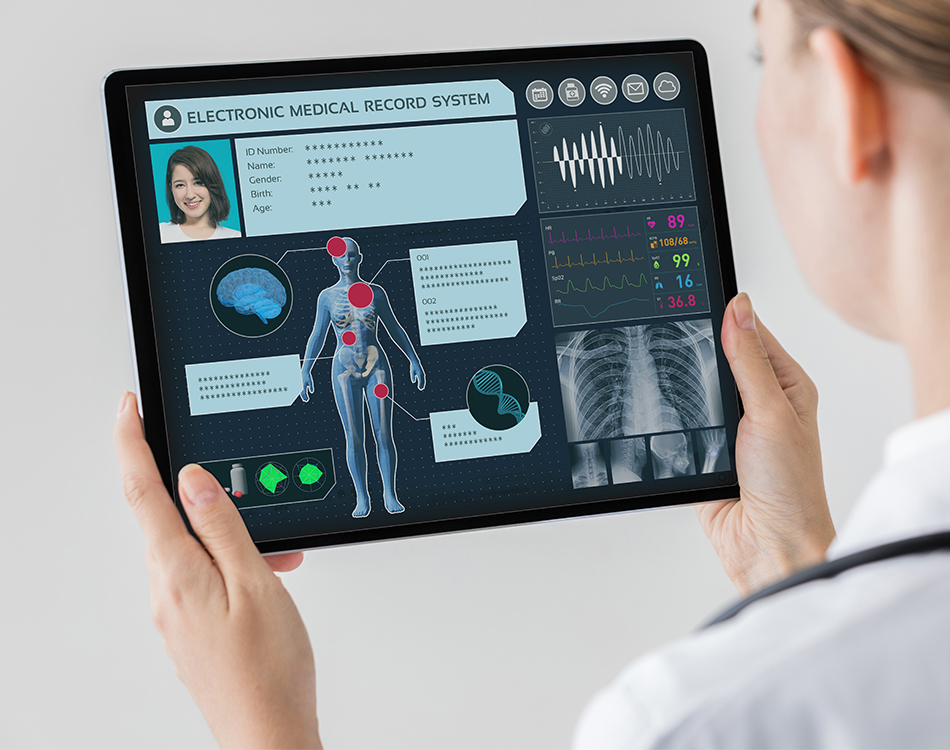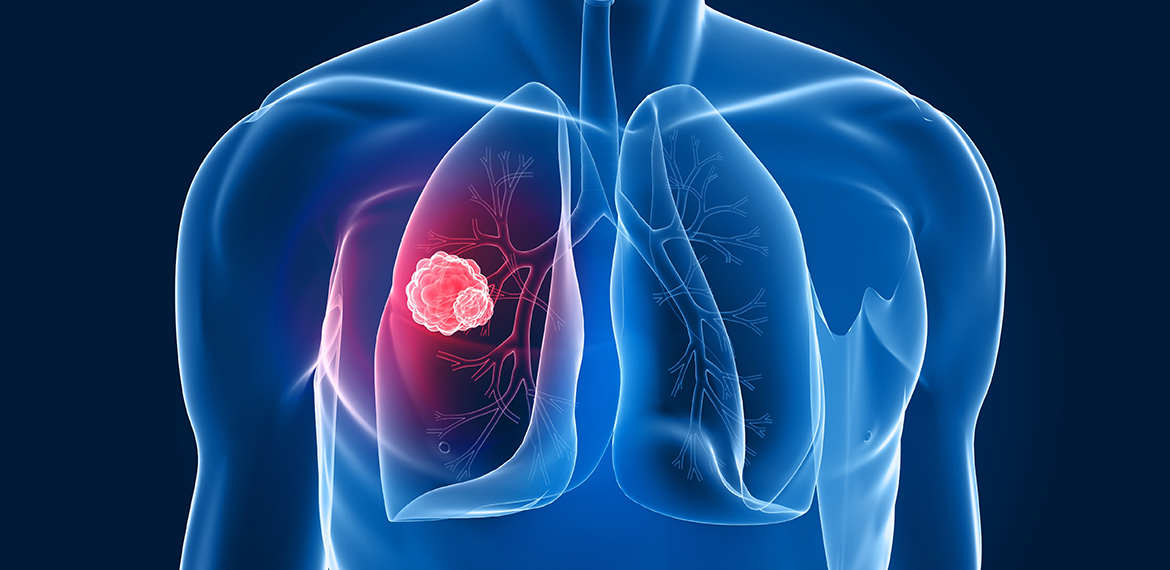Challenge
Lung cancer has been the leading cause of all cancer-related deaths, causing 1.3 millions death annually. Detecting pulmonary nodules early is critical for a good prognosis of the disease, and low-dose computed tomography (CT) scans are widely used and very effective for this purpose. However, manually screening CT images is time-consuming for radiologists who are increasingly overwhelmed with data. Advanced computer-aided diagnosis systems (CADs) have the potential to expedite this process but the task is complicated by the variation in nodule size (from 3 to 50 mm), shape, density, and anatomical context, as well as the abundance of tissues that resemble the appearance of nodules (e.g., blood vessels, chest wall).

Solution
Our proposed method for nodule detection roughly follows two stages:
01
Candidate screening using a 3D Faster RCNN
02
Subsequent false positive reduction using 3D DCNN classifiers
The purpose of the Faster R-CNN in (1) is to identify nodule candidates while preserving high sensitivity, whereas the classifiers in (2) finely discriminate between true nodules and false positives. We find optimal results when models from both stages are ensembled for final predictions. Rather than using one stage in which we heavily retrain the Faster R-CNN with hard examples, we believe the two-stage framework provides more flexibility in adjusting the trade-off between sensitivity and specificity.


